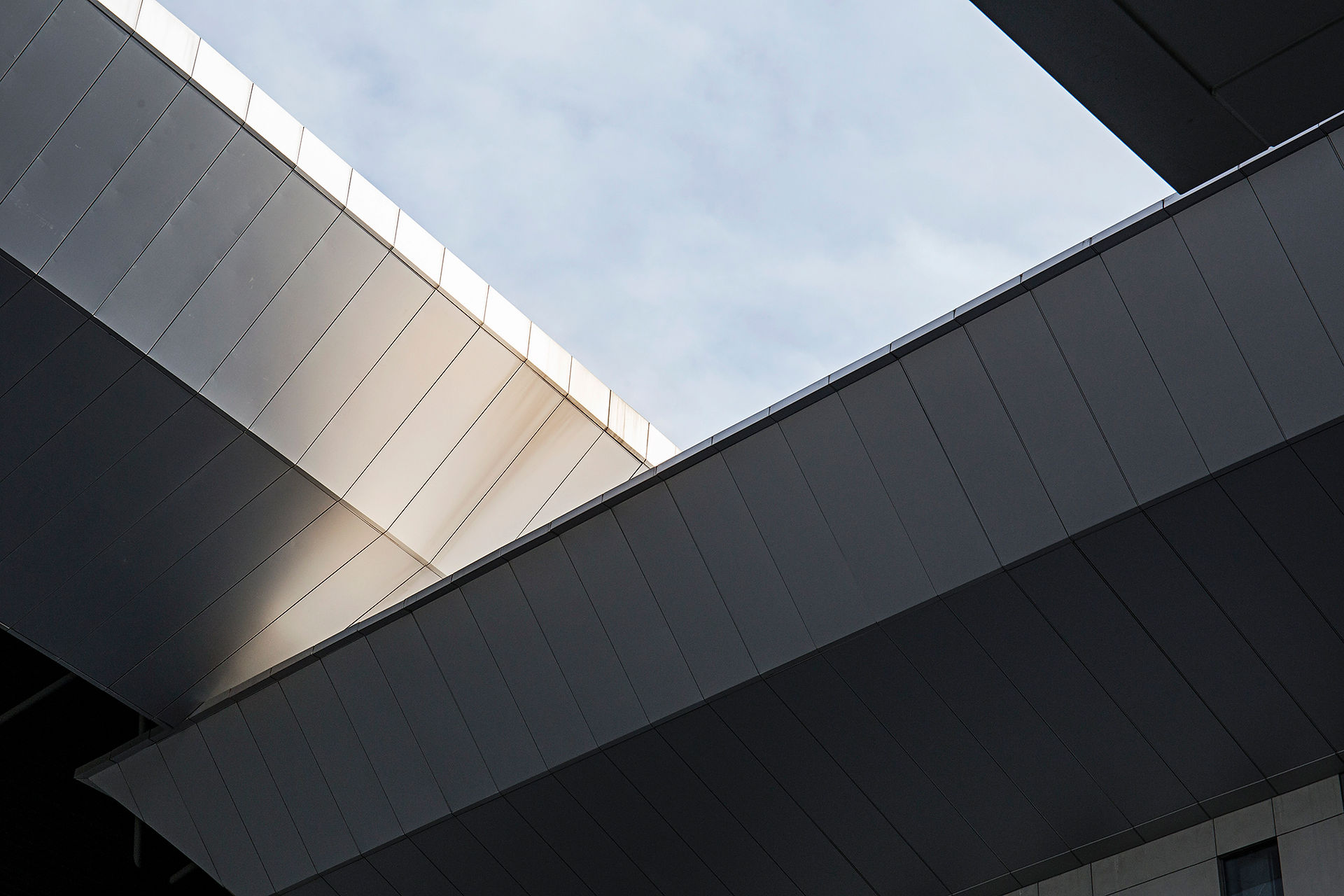The Aluxes Of The Mayan Riviera
- Mandy

- Aug 20
- 7 min read

Aluxes (pronounced ah LOOSH es, plural aluxo’ob) are one of the most enduring and fascinating elements of Yucatec Mayan folklore. These mysterious beings are often described as small, sprite-like figures, no more than two feet tall, dressed in traditional Mayan clothing, deeply tied to the land they protect.
They are said to be invisible most of the time but can reveal themselves if they choose. That choice, however, tends to follow one of two instincts: protection or mischief. Whether they bring fortune or chaos depends on how humans treat them.
Origins: Ancient Spirits or Living Legends
Aluxes are not generic fairy folk imported from European lore. They are rooted in the pre-Columbian worldview of the Maya, shaped by a cosmology that sees spirits in every tree, cenote, mountain, and animal. In this worldview, the alux is not a fantasy creature. It is a local presence, part of the unseen infrastructure of the natural world.
There are competing theories about where the belief in aluxes began. Some archaeologists suggest they are connected to ancient household gods or land spirits, while others propose the myth evolved as a way to explain strange events or enforce respectful behavior toward sacred land. Either way, they remain part of the living culture in rural areas across the Yucatán Peninsula, southern Belize, and parts of Guatemala.
Ask a local elder in a Mayan village if aluxes are real, and you won’t get a folklore lesson. You will get a story.
Guardians and Tricksters: What Aluxes Do
Aluxes are best understood as guardians of specific places like caves, milpas (cornfields), forests, rivers, and especially cenotes. Travelers who wander too far off path have reported strange sensations, cold spots, whispers, shadows moving in the jungle. These are often attributed to aluxes protecting their space.
But protection is not automatic. It has to be earned.
Traditionally, Mayan farmers would make a small offering of maize, honey, or alcohol when planting or harvesting. In some cases, they would build a small stone house at the edge of the field. This house, known as a kahtal alux, serves as both a home and a contract. Once the house is built, the alux is invited to inhabit it and guard the land.
The classic version of the tale says that the alux will protect the field for seven years. After that, the farmer must close off the house to thank and dismiss the spirit. If he forgets or breaks the pact, the alux may turn from ally to adversary. Crops fail. Tools break. Strange illnesses appear. Locals take this seriously.
If you are thinking this sounds like superstition, think again. Even modern construction crews have reportedly run into trouble until an alux shrine is respectfully built on site.
Real Encounters: Myth Meets Infrastructure
This is not just a rural belief. In Cancun, during the construction of a bridge for the new airport access road in 2021, workers experienced repeated setbacks. Machinery broke. Cement would not set. Tools went missing. After months of unexplained issues, a local h men, a Mayan spiritual priest, was brought in. A shrine was built for the aluxes, and the project moved forward without further problem.
The same pattern has been documented near Chichen Itza. Performers like Pavarotti and Sarah Brightman were advised to give offerings before shows on sacred land. They did. No incidents. Elton John’s crew reportedly skipped the ritual, and a section of the stage collapsed the day before the concert. Coincidence, maybe. But locals took it as a clear warning.
Even the president of Mexico, Andrés Manuel López Obrador, made headlines in 2023 when he tweeted a photo he claimed might show an alux perched in a tree near the Maya Train project. The image stirred mockery online, but also served as a reminder that these beliefs are still alive and still taken seriously.
Cultural Role: Respecting the Unseen
In Mayan culture, the physical world is only half the story. The rest plays out in dreams, in stories, in subtle interactions with the natural world. Aluxes are part of this worldview, not as imaginary creatures, but as spiritual neighbors.
They are seen as enforcers of boundaries. Don’t trespass. Don’t exploit. Don’t disrespect sacred places. That’s why they often show up near ruins, caves, or unexplored jungle paths. They don’t follow property lines. They follow energy lines, liminal zones where human and spirit worlds overlap.
This also explains why many locals, especially in rural areas, won’t enter a forest without asking permission. Sometimes a quiet prayer or a bit of honey left at the roots of a tree is enough. It’s not superstition. It’s etiquette.
What This Means for Outsiders
If you are traveling, investing, or even just passing through the Yucatán, you don’t need to believe in aluxes to respect them. These beings are a cultural code, a living signal that the land is not just real estate. It has memory, it has watchers, and it has a rhythm that is older than colonization or commerce.
For the Maya, the relationship between people and place is sacred. You don’t just own land. You partner with it. And if that land has an alux, it is best to treat it as you would any other neighbor.
The Aluxes in the Home: Respecting the Unseen Houseguests
While aluxes are most commonly associated with the forest, the milpa, and wild places, many locals believe they can take up residence in or near human homes, especially if the land was never properly cleared in a spiritual sense. That includes homes built on old farmland, jungle paths, cenote systems, or ruins. Which is much of the Mayan Riviera.
Why Would an Alux Enter a Home
There are a few reasons.
First, the land was already theirs. If a home is built without making an offering or asking permission, the alux may feel the territory was invaded. That can lead to small disturbances like lights flickering, lost keys, broken appliances, strange sounds.
Second, the owner may have unintentionally invited them in. Children are said to be especially sensitive to alux energy. If a child talks about a small friend or seems to be interacting with someone no one else sees, it is not brushed off. Some say this is how an alux is drawn into a household.
Third, the alux may come to protect. In some cases, an alux enters a home to guard it, especially if there is a spiritual openness in the space. He might warn of danger, watch over children, or scare off unwanted guests. But only if he feels welcome.
Signs of an Alux Presence
Locals say aluxes make themselves known gradually. You might hear unexplained knocks or whispers. Items may be moved or hidden and then reappear later. You might hear footsteps at night when no one is there. Dogs might react to something you cannot see. Children may describe someone small watching over them.
Most of this is not seen as threatening. It is usually a sign to pay attention and acknowledge a presence.
How to Show Respect to Aluxes in the Home
If someone believes there is an alux around or simply wants to show respect, there are traditional ways to do that.
You can make an offering. A small dish of balché, a bit of honey, some corn, or a shot of xtabentún can be left outside near the doorway or garden. Some people light a candle beside the offering and speak aloud with a respectful tone.
You can build a small alux house. This can be a miniature stone or wood structure placed in a garden or tucked near a tree. It does not need to be fancy. The idea is to acknowledge their presence and give them a space.
You can speak to them with courtesy. In many Mayan homes, it is normal to greet the unseen when coming or going. A quiet “permiso, alux” is enough. It is just good manners.
You should avoid mocking or challenging them. Even people who don’t believe the stories tend to avoid speaking badly about aluxes. There are many stories of people who scoffed, only to run into a streak of bad luck until they made things right.
If things feel off, some families invite a Mayan priest called an h men to come perform a blessing or cleansing. This usually involves incense, prayers, and soft chants meant to restore harmony in the space.
A Note on Building New Homes
Many local builders still begin a new construction project with an offering to the spirits of the land. Even some large developers follow this custom quietly. Whether it is done out of belief or respect, it is considered the right thing to do.
If you are building or moving into a home in the region and are curious about this tradition, you can and should make a small offering before moving in. Maybe visit a local artisan market to find a handmade alux figurine or small house. Asking neighbors what they do is also a great way to connect and learn.
Sample Alux Welcome Ritual
For homes in the Mayan Riviera
Purpose
This ritual is a simple way to show respect to the spirit of the land and offer a peaceful invitation to any alux that may be present. It is not religious. It is a gesture of goodwill and harmony that reflects local tradition.
What you’ll need
A small offering from nature such as honey, corn, cacao nibs, or a little xtabentún, which is anise liqueur.
A candle is optional. If used, white or beeswax is traditional.
You will also need a quiet moment, ideally near sunrise or sunset, and a sincere intention to speak respectfully.
Steps
First, choose a spot. Stand near the entrance of your home or in your garden. If you have a small alux house or shrine, go there.
Second, place the offering gently on the ground or on a stone. You can say quietly, “This is for you. Thank you for sharing this space.”
Third, if you have a candle, light it. Let it burn for a few minutes as a peaceful gesture.
Fourth, speak aloud. Use simple words. For example, say:
“To the spirit of this land. If you are here, you are welcome. I come in peace. I live here with respect. I ask for harmony between us.”
Fifth, pause for a moment. Take a breath. Be still. Then leave the offering and go about your day. That is it. The ritual is done.
In this region, understanding the culture means understanding that respect for the land includes everything that comes with it, seen or unseen.





Comments